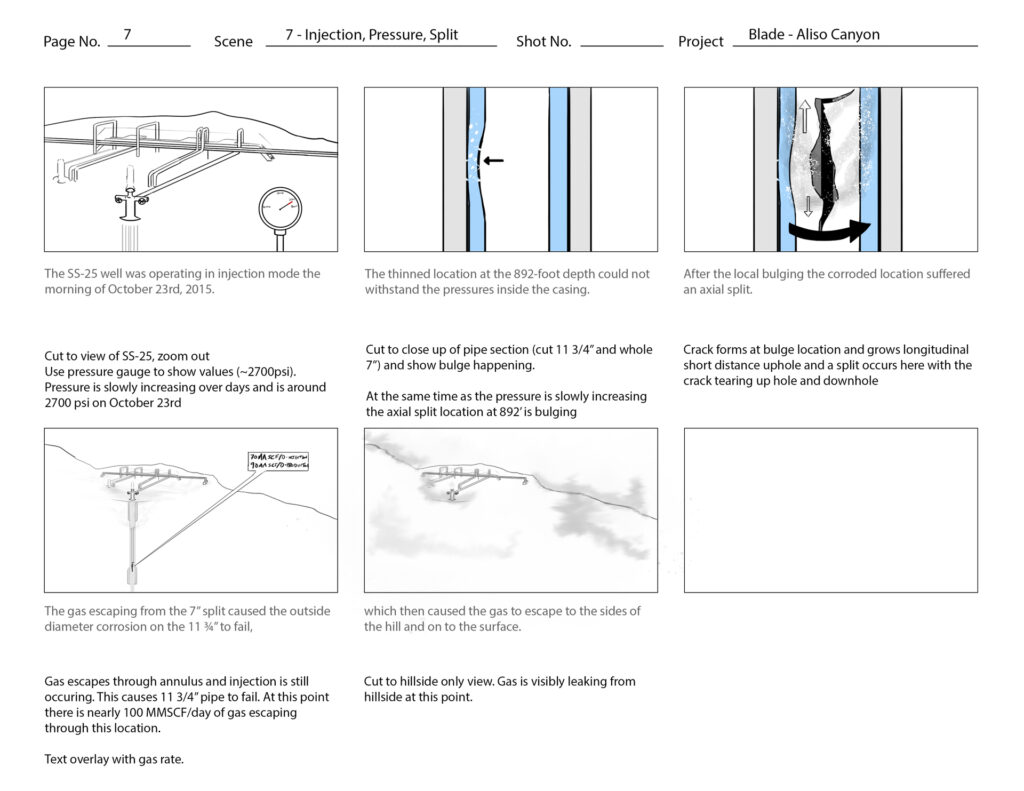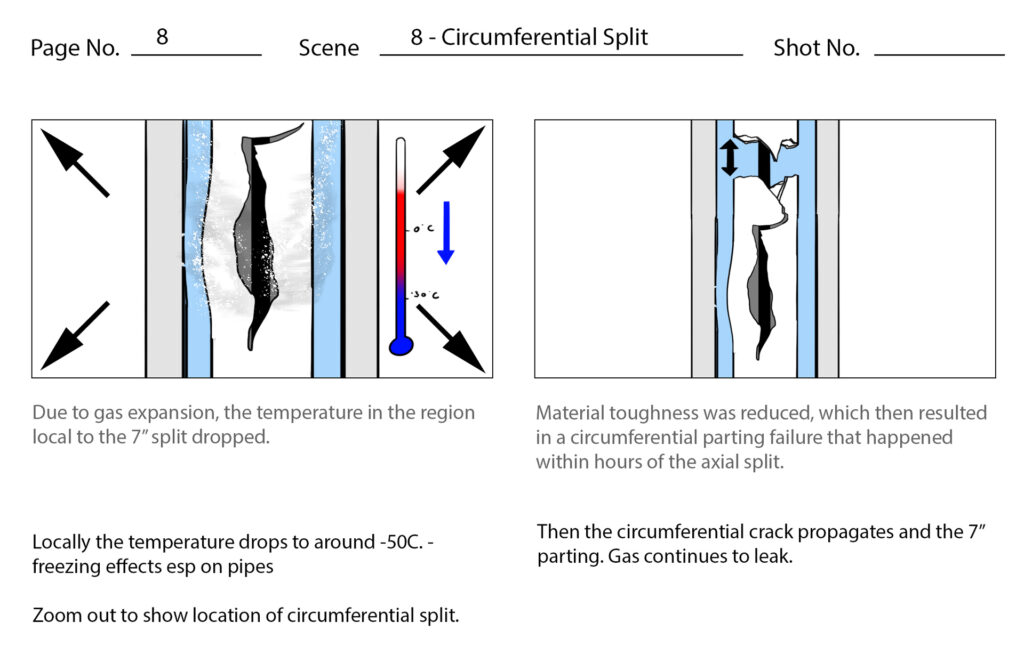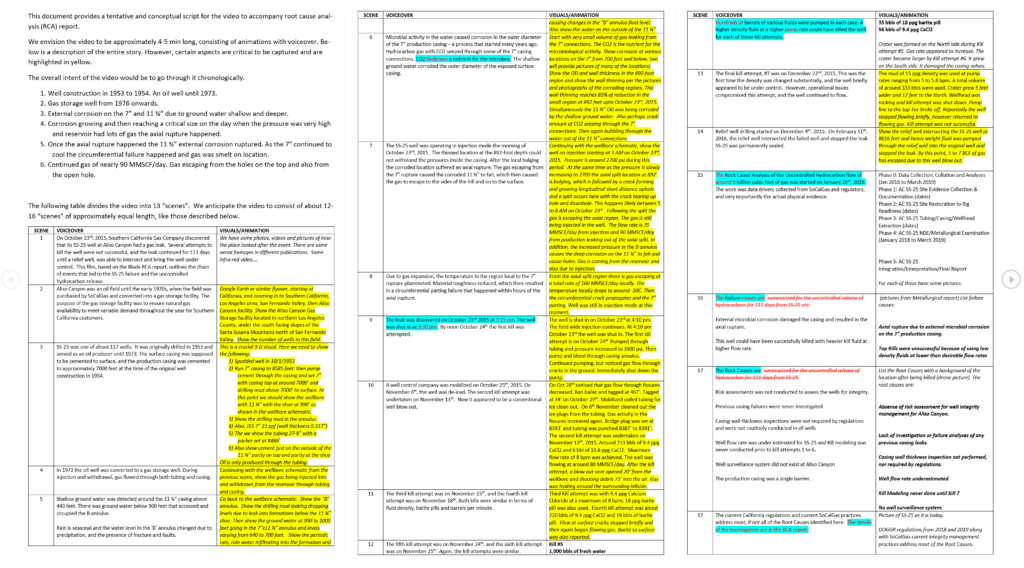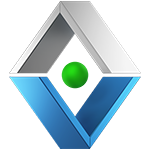Storyboarding is most often associated with film and animations. However, at its base level, storyboarding is the process used to visualize what the final look of anything might be – from motion pictures to motion graphics, from animations to interactive media all the way to scientific or corporate projects. It’s similar to a comic strip that has been stripped down to the most important aspects of the shot, like showing on-screen action and describing things like camera framing and movement, audio, and dialog. Storyboards allow key moments to be highlighted with accompanying directions such as audio, camera moves, timing, and what the characters (or objects) will be doing or feeling. And while some storyboards are more complicated than others, they are all an important blueprint for a production team to follow so all members can stay on the same page.
Storyboarding has been used in some format since there was a moving visual medium, though much of that history has been lost. In the 1930’s, Disney started making storyboards in the form most recognized to this day, and studios have been keeping up with the tradition ever since. Like our predecessors, we use storyboards for practically every project we do, both for internal use only and for collaborating with a client during the production process.
A typical storyboard is made up of panels with accompanying text. The size of your panels can be very dependent on the project itself. Most times, six panels on a letter sized page is exactly what you need to convey the meaning in a scene. At times, if a more detailed storyboard is required, four to two panels (and at times even one panel) per page might be used. By using six panels on a page, it can actually force the storyboard artist to work on the overarching motion and direction. Otherwise, it’s easy to get bogged down in character or environment details (that could even change as the project continues).
Here you can see a page from a recent project we did for Blade Energy – Aliso Canyon.

This storyboard was primarily created to show how various key moments matched up with the voice over (VO). This was particularly important in this script as there was a good deal of information that was removed from the VO but still depicted in on-screen graphics. Knowing which camera cut or animation matched which line proved invaluable for ensuring all the required elements were included in the final animation.
This storyboard was fairly sparse for a 5 minute animation and was broken up per “scene.” Scenes were defined by major camera or action changes, such as moving below the surface of the ground or a well blow-out. Below each drawing, we include the VO line (or relevant part of the line) in a lighter colored font to help separate it visually from the following description. In this storyboard, the visual description is a mix of camera direction, motion graphic call-outs, direction from various client meetings/research and detailed information directly provided by the client.

At the end of the day, this storyboard helped direct a complex animation used to explain what happened during the Aliso Canyon gas leak. However, even storyboards have to start somewhere, and this one began as a script with some visual direction.

For a number of animations, that’s all that is needed to start production on a project. When we don’t have a fully drawn storyboard, we develop a more comprehensive written shot list. Other times, we use the initial visual direction to develop a storyboard that we use internally only, such as the one from our previous blog post, Got Termites. The final option is what we used here – a storyboard that we share with our clients to ensure everyone is on the same page prior to production. Regardless of the format, we always start with something to convey our ideas and creative workflow with our clients, including them on every step of the decision making process to ensure complete satisfaction with the finished product.
We hope you found this blog post informative and can see the amount of detail that we pour into all of our projects here at Abbott Animation. For those of you that would like to give storyboarding a try, you can download a template here and print it out. Try creating a storyboard for a marketing idea you may have and share it with us!

9 replies on “The Process of Storyboarding 2019”
Great work, i thought animations were easy-peasy.
Hello my friend! I wish to say that this post is amazing, great written and come with almost all significant infos. I would like to peer more posts like this .
Thanks for another informative web site. Where else could I get that type of information written in such a perfect way? I have a project that I’m just now working on, and I have been on the look out for such info.
I am always browsing online for articles that can assist me. Thanks!
Hello. And Bye.
Out of competition!!!
Bravo, what words…, a remarkable idea
In it something is. Many thanks for the information. It is very glad.
You could definitely see your skills in the work you write. The world hopes for more passionate writers like you who aren’t afraid to say how they believe. Always go after your heart.